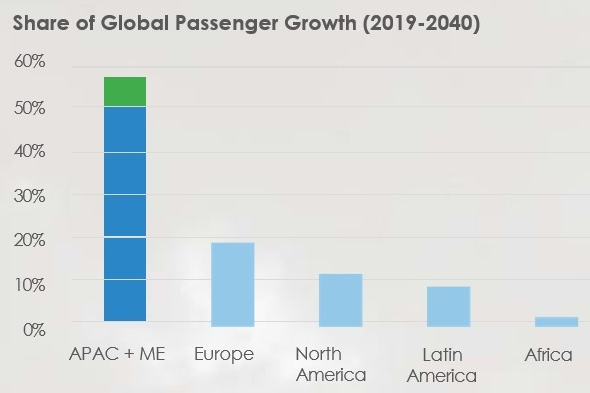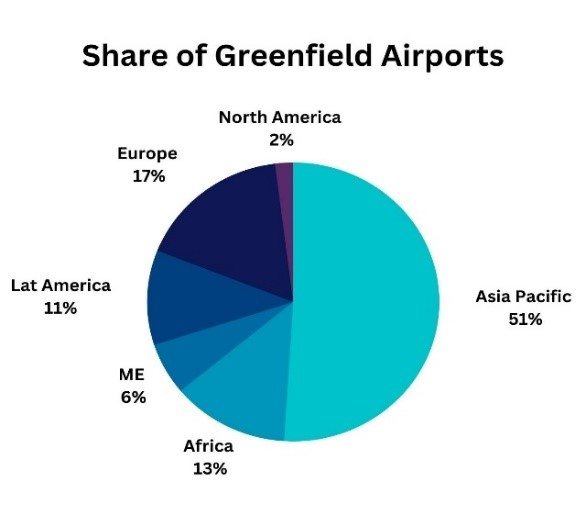The Airport Industry Outlook for Quarter 3 2022 (July to September), developed in partnership with Mott MacDonald, provides a snapshot of airport business performance across the region as well as a focus on investment in greenfield airport development with a focus on sustainability.
As travel restrictions are lifted, the post-COVID traffic recovery continues to benefit from pent-up demand, but the ongoing conflict in Ukraine, high fuel prices, rising inflationary pressures, lower economic growth expectations, and the looming recession are casting a shadow on the overall recovery of the industry.
“The consistent improvement in passenger volumes in the region is a positive indication of a sustained recovery of the industry following prolonged efforts towards rebuilding passenger confidence in air travel. Restoring international connectivity will take longer and will be partly dependent on the decision of China to re-connect to the World. The macro-economic headwinds, less acute in Asia than other western regions, should not hamper a process of growth, subject to continue to maintain the freedom to travel without restrictions. All the stakeholders engaged in the aviation ecosystem must prepare to the surge in traffic,” said Stefano Baronci, Director General, ACI Asia-Pacific.
COVID-19 Pandemic Trends and Travel Restrictions
The latest countries to ease COVID restrictions were Japan, Hong Kong, South Korea and Chinese Taipei. The continued quarantine requirements, however, in some countries within Emerging and Developed East Asia has slowed down the overall recovery in the region.
Passenger Traffic Performance
The domestic scheduled capacity has seen a remarkable recovery and is just -1.5% short of 2019 levels. As compared to the Q2 2022, the Q3 domestic traffic is up by 10.5%. The international capacity is 51% below 2019 level and has shown of improvement of 8% over Q2 2022.
Despite all the positive indicators, ACI forecast indicates Asia-Pacific to lose its dominating market share for the year 2022 and finish second with 1.84 billion passengers, a decline of -45% compared to 2019. The last time Asia-Pacific recorded a comparable level of traffic was in 2012 (1.84 billion passengers).
This comes as a significant shock to our region that has dominated the civil aviation market since 2011, surpassing Europe and North America to maintain its stronghold until 2021.
Load factors for both domestic and international passenger remain below pre-pandemic levels across Asia-Pacific and the Middle East sub- regions. South Asia had the strongest load factor recovery in Q2 2022, to 78% vs 84% in Q2 2019.
_1669190646.jpg)

